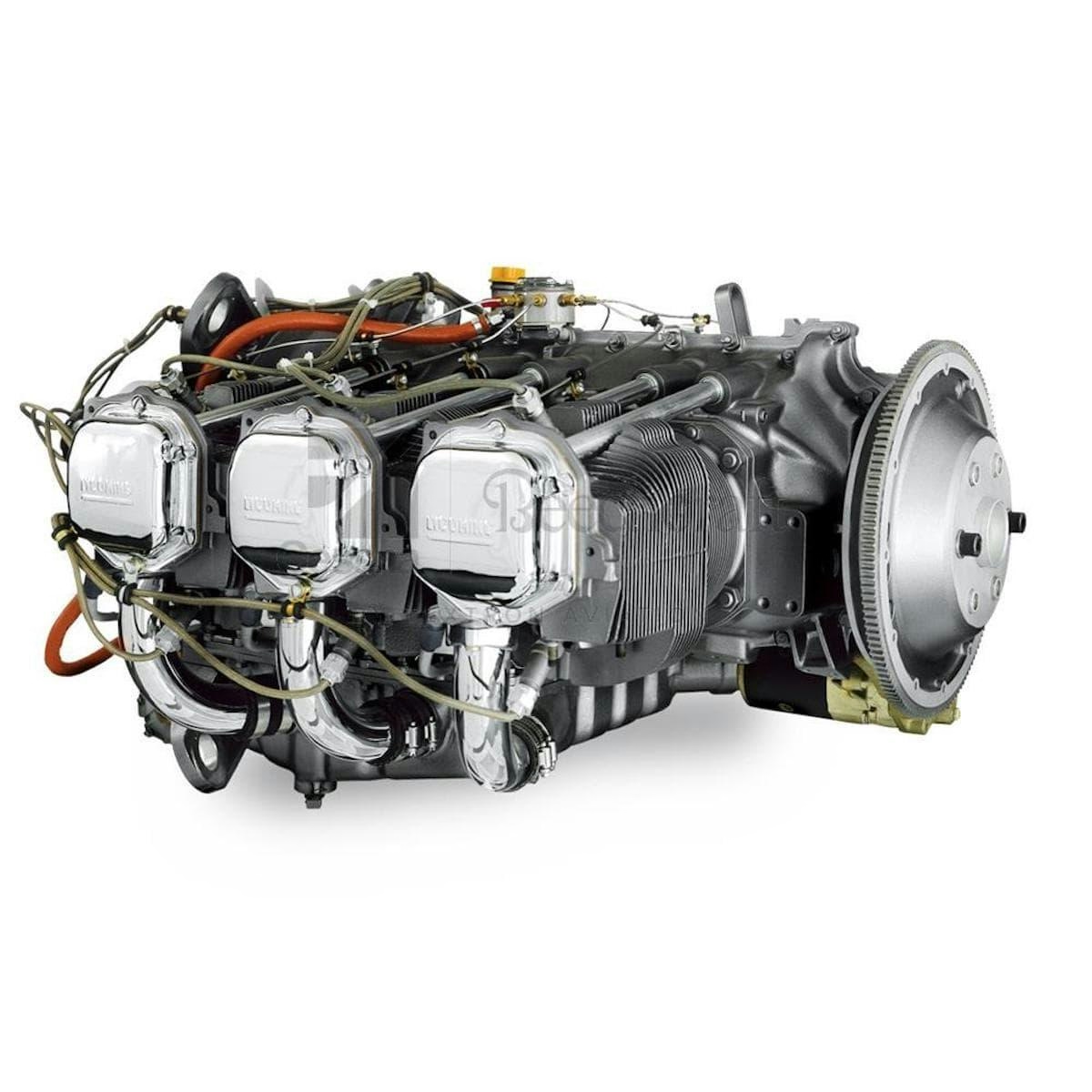
AeroGenie — Your Intelligent Copilot.
Trending
Categories
TrueNoord Adds Four New Members to Amsterdam Team

TrueNoord Strengthens Amsterdam Office with Four Key Hires
Aircraft lessor TrueNoord has bolstered its Amsterdam team through the strategic appointment of four new professionals, reflecting the company’s commitment to enhancing its global operations amid a competitive and evolving market landscape. These additions come as TrueNoord aims to reinforce its operational capabilities and safeguard its market position in an industry facing challenges such as talent integration, client retention, and intensified competition for both customers and skilled personnel.
Strategic Appointments Across Functions
Emma Foudy has joined TrueNoord as Transaction and Lease Manager, bringing over six years of expertise in contract management and aircraft leasing. In this role, she will be responsible for overseeing transaction execution and managing lease agreements throughout their lifecycle. Foudy will work closely with commercial, technical, and legal teams across TrueNoord’s international network to ensure seamless coordination and operational efficiency.
Nanne de Jong has been appointed Receivables Manager, contributing nearly two decades of experience in financial services, including seven years at DVB Bank. Her aviation finance background encompasses receivables management, accounts payable, financial reporting, VAT compliance, and regulatory documentation. Holding a degree in Business Economics, De Jong is recognized for her ability to drive process improvements and provide robust support to commercial teams within the aviation sector.
The company has also expanded its technical expertise with the addition of Jonnathan Garzon and Jesus Cardenas as Technical Managers. Garzon, an aviation technical consultant with over thirteen years of experience, specializes in technical records audits, aircraft phase-outs, and mid-term inspections. His previous roles include positions at AerData B.V. (The Boeing Company), Aircraft Digital Company, and Avianca in Colombia.
Cardenas, an Aeronautical Engineer with more than five years of experience in aircraft modification, maintenance, and operations, previously managed the continuous airworthiness of regional aircraft for the Central Bank of Mexico. He recently completed a Master of Science in Aerospace Engineering at TU Delft, focusing on operations research, control theory, and systems engineering. Cardenas is noted for his analytical approach and expertise in addressing complex engineering challenges.
Industry Context and Implications
TrueNoord’s expansion of its Amsterdam team aligns with broader industry trends where firms are investing heavily in talent acquisition to maintain a competitive edge. Similar strategic hires, such as Crowell & Moring’s recent recruitment from Reed Smith, highlight the critical role personnel additions play in strengthening market position. Industry observers suggest that such appointments not only enhance a company’s operational capabilities but also stimulate increased interest in its growth prospects, prompting competitors to respond by reinforcing their own teams or improving service offerings to retain clients.
As TrueNoord integrates these new professionals, the company faces the dual challenge of effectively onboarding talent into established teams while protecting existing client relationships. These appointments represent a proactive effort to enhance TrueNoord’s operational resilience and position the company for sustained growth within the dynamic aircraft leasing sector.
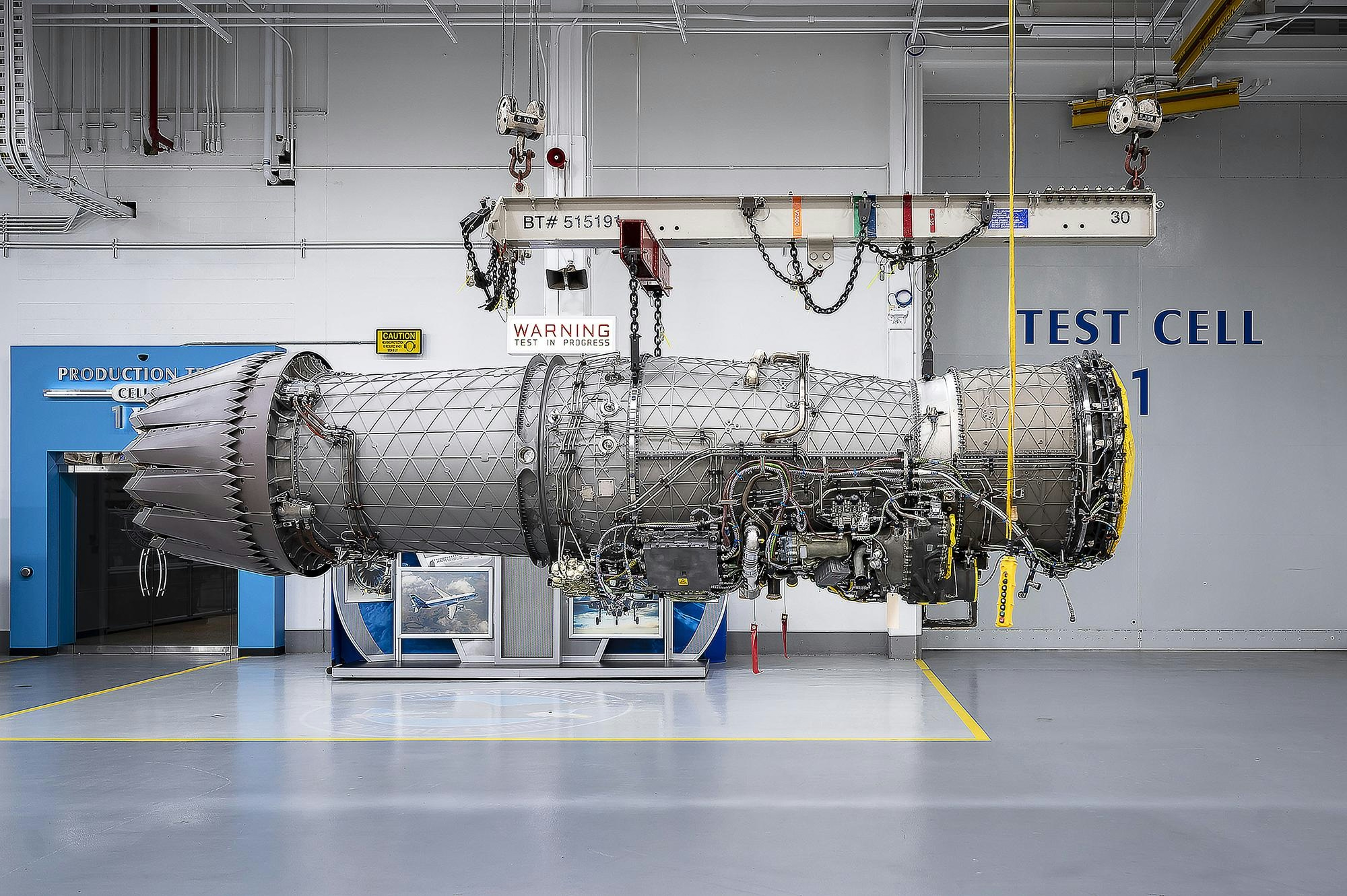
Pratt & Whitney Secures $1.6 Billion Contract for F135 Engine Support
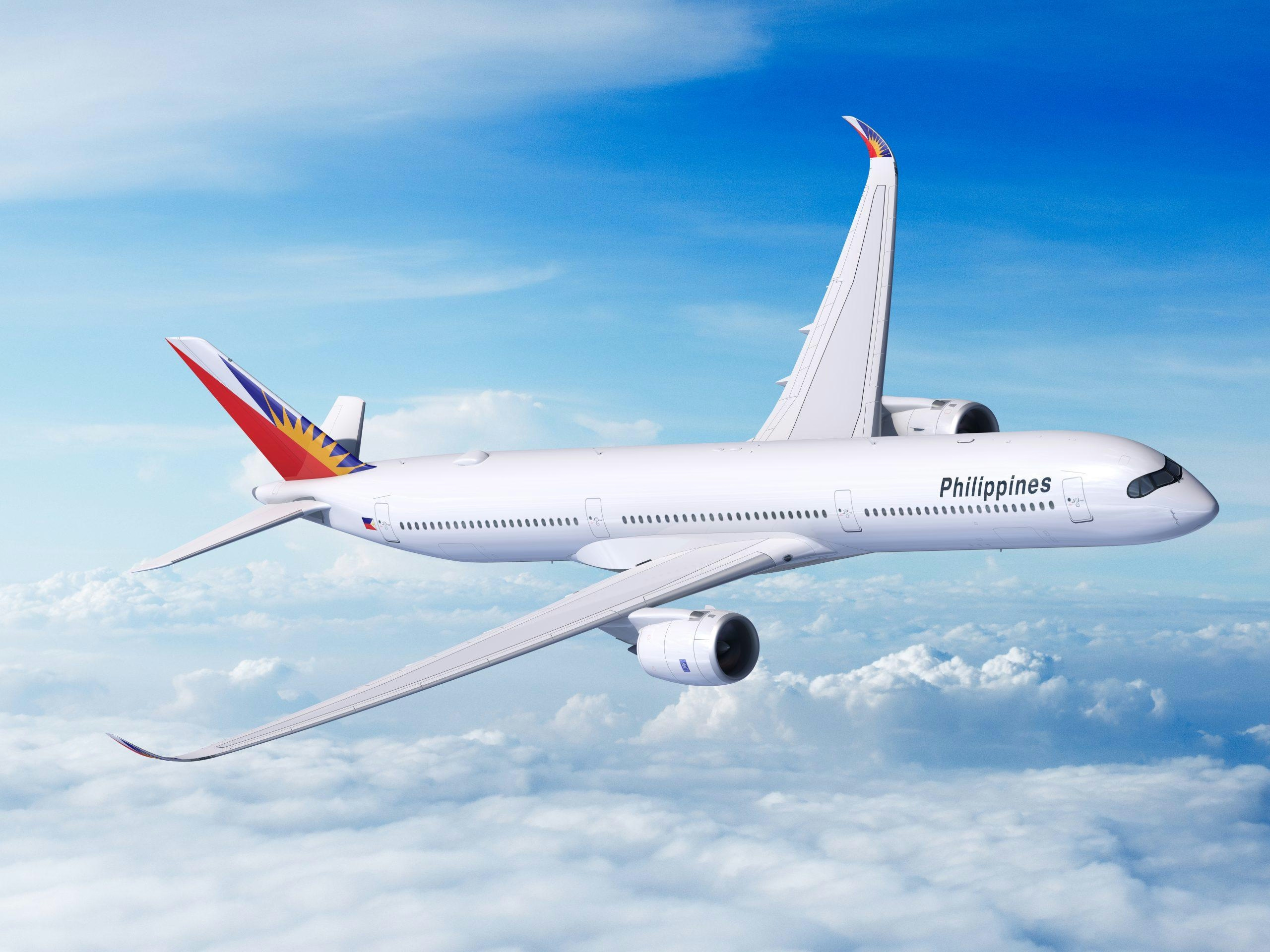
BOC Aviation Completes Sale-Leaseback Deal with Philippine Airlines
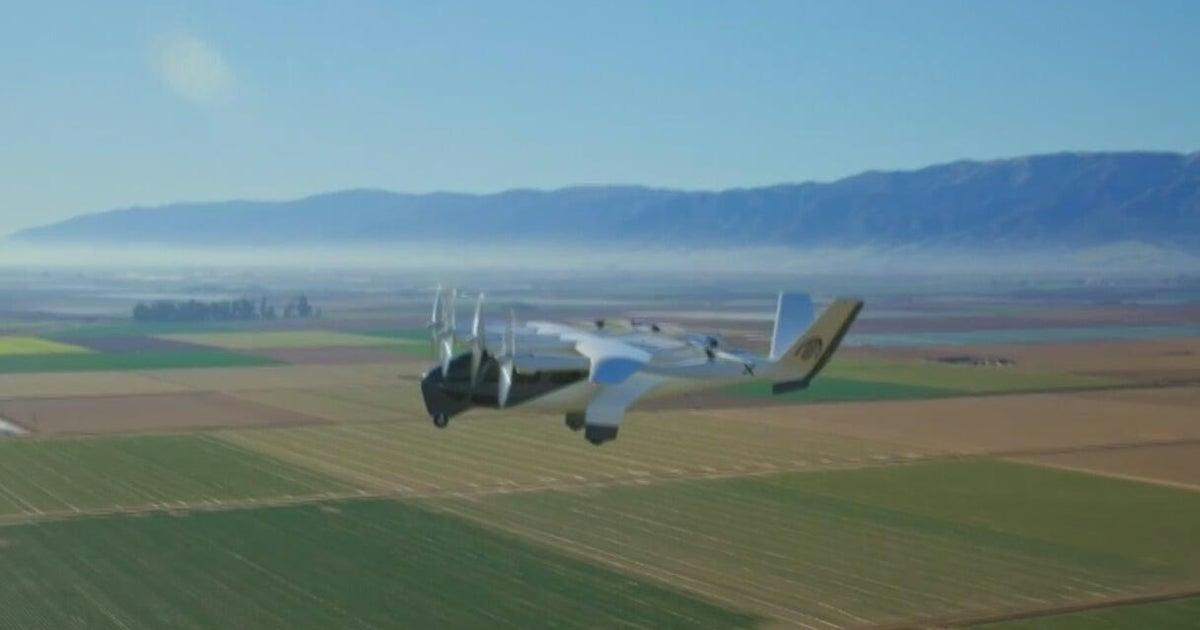
Air taxis promise relief from Miami’s worsening traffic
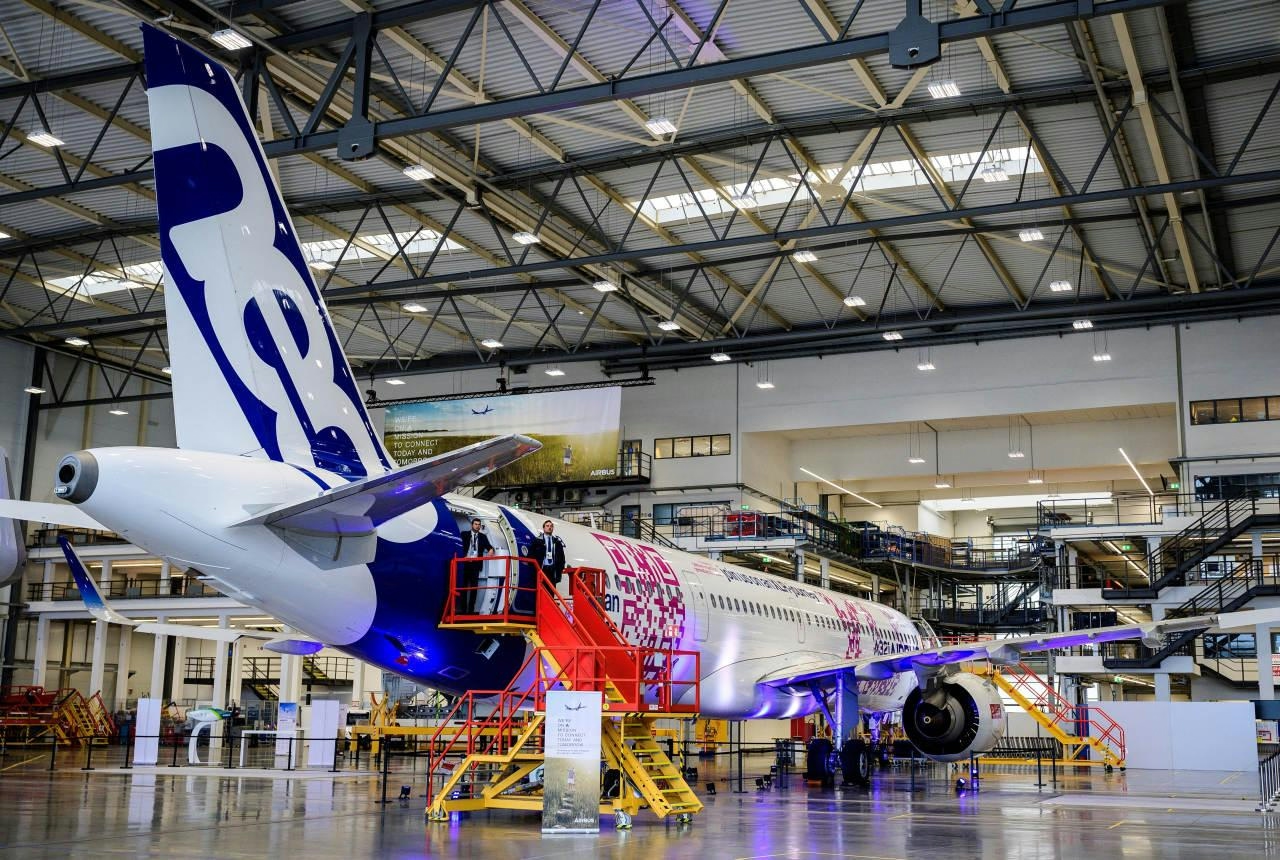
Philippine Airlines Orders Five Airbus A320s in $490 Million Deal
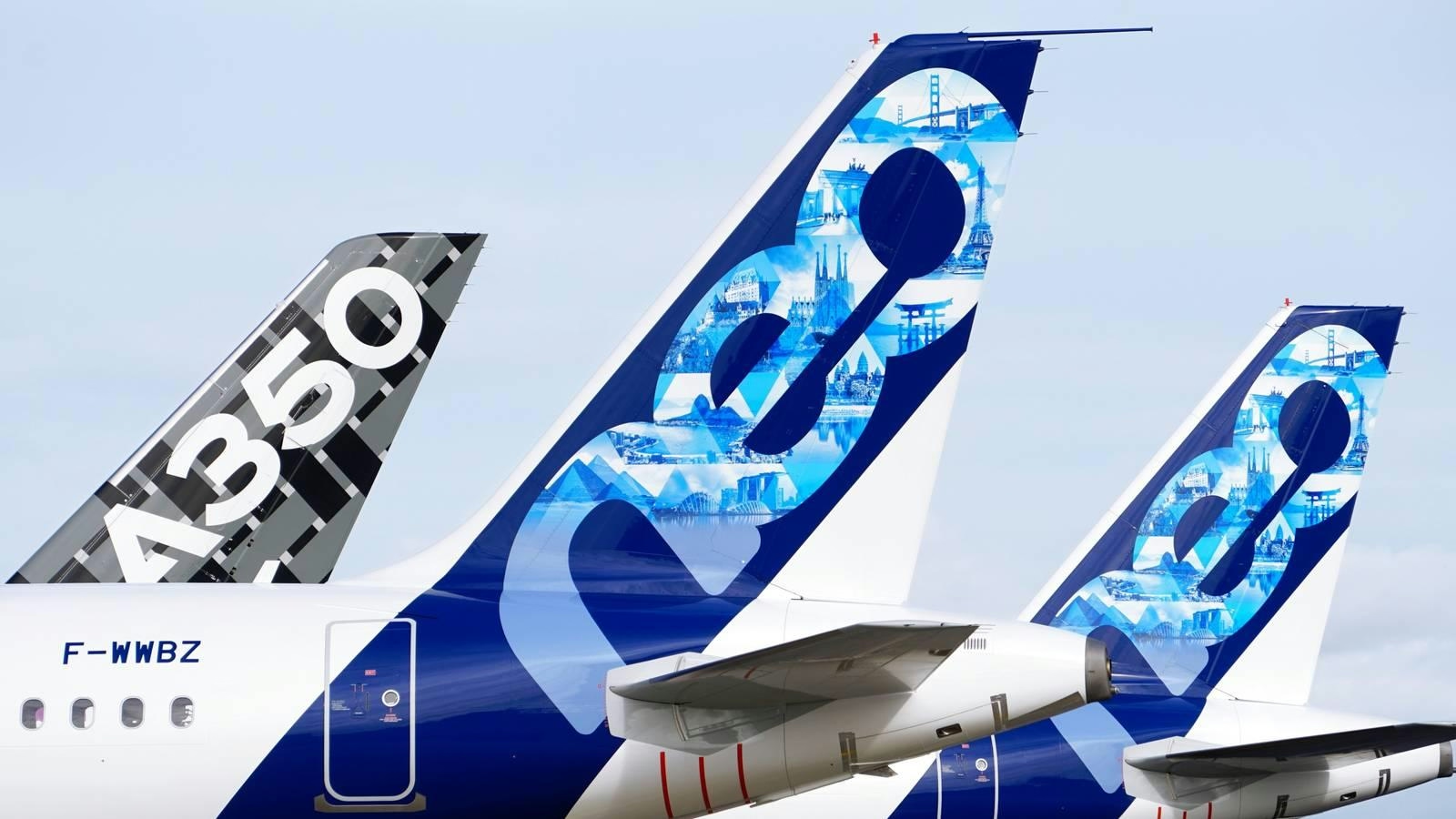
Airbus Lowers Annual Delivery Forecast
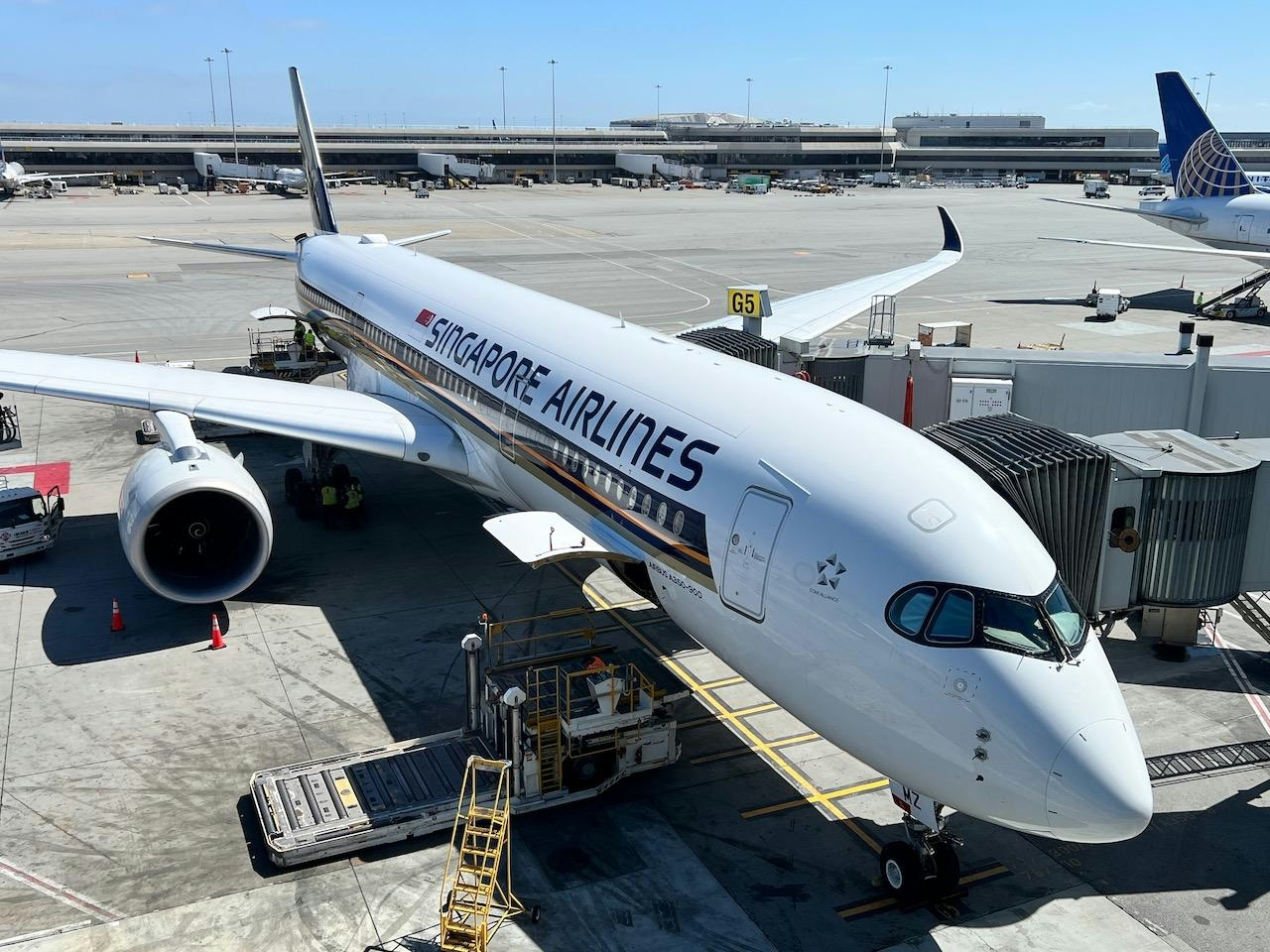
Base Maintenance Malaysia Conducts First Heavy Check on Singapore Airlines Airbus A350
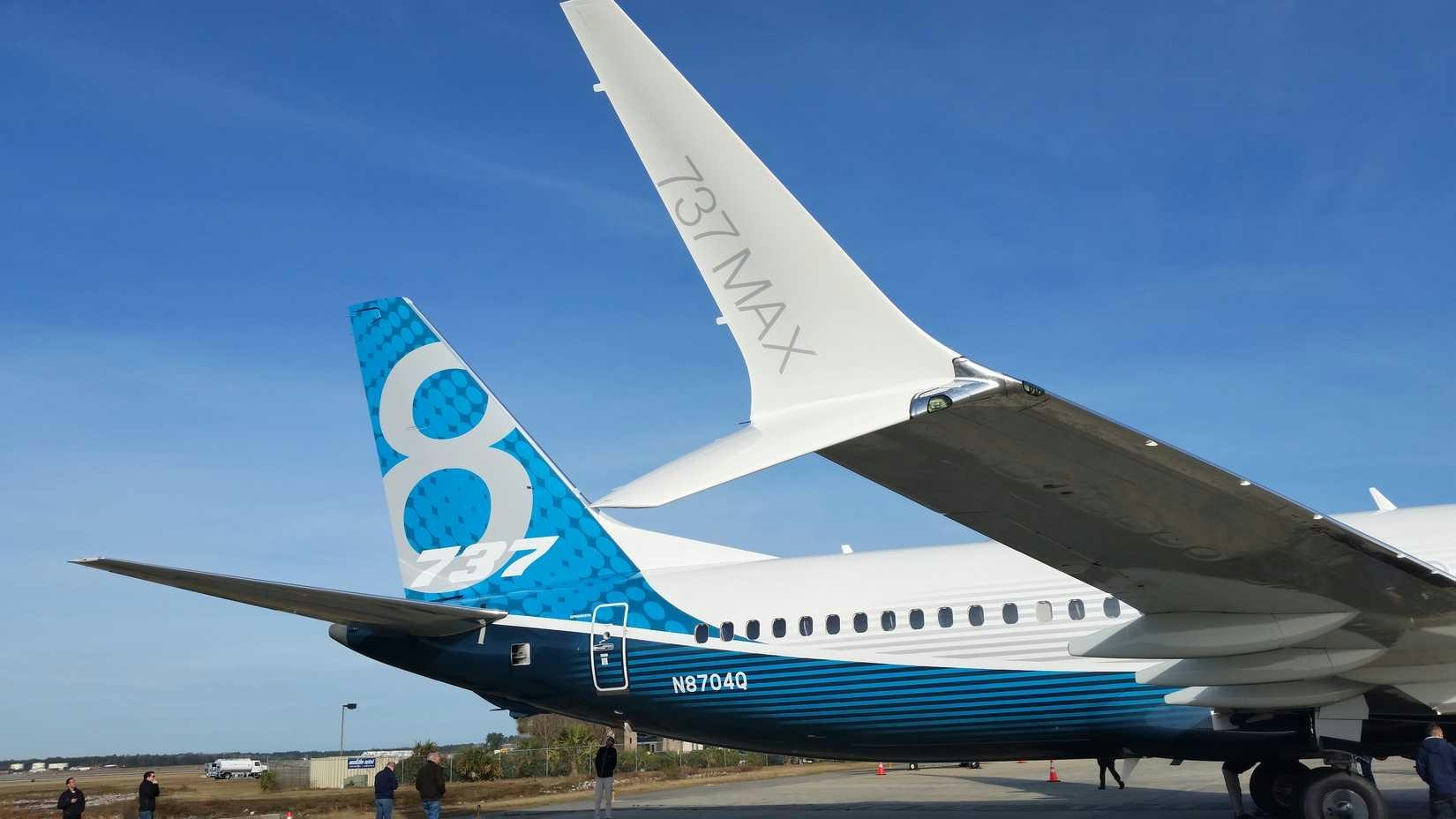
DAE to Lease Ten Boeing 737 MAX 8 Aircraft to AJet Through Turkish Airlines

BOC Aviation to Lease Two Airbus A350-1000 Aircraft to Philippine Airlines
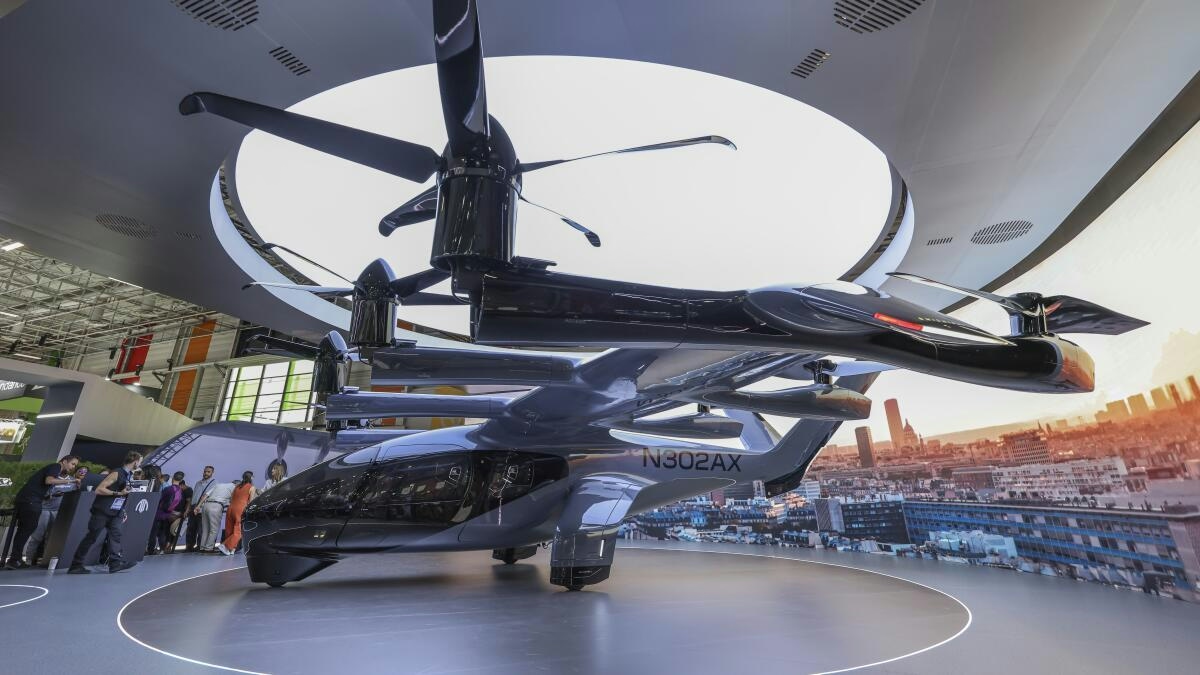
What to know about Midnight, an all-electric air taxi that could change the way we move across South Florida
